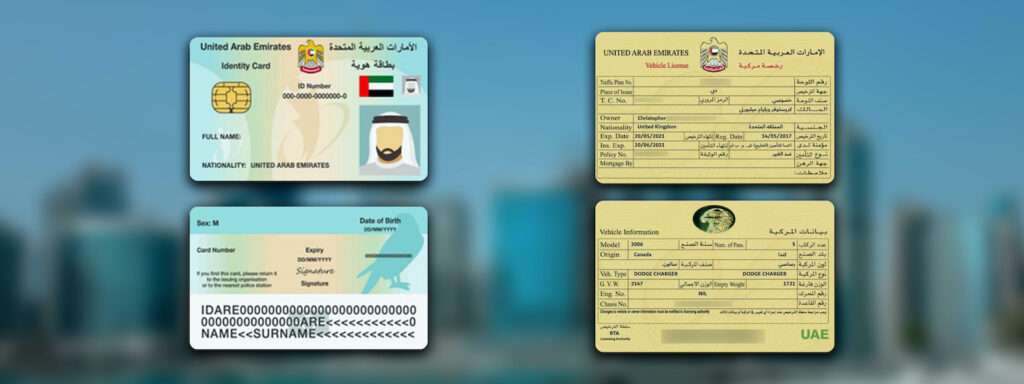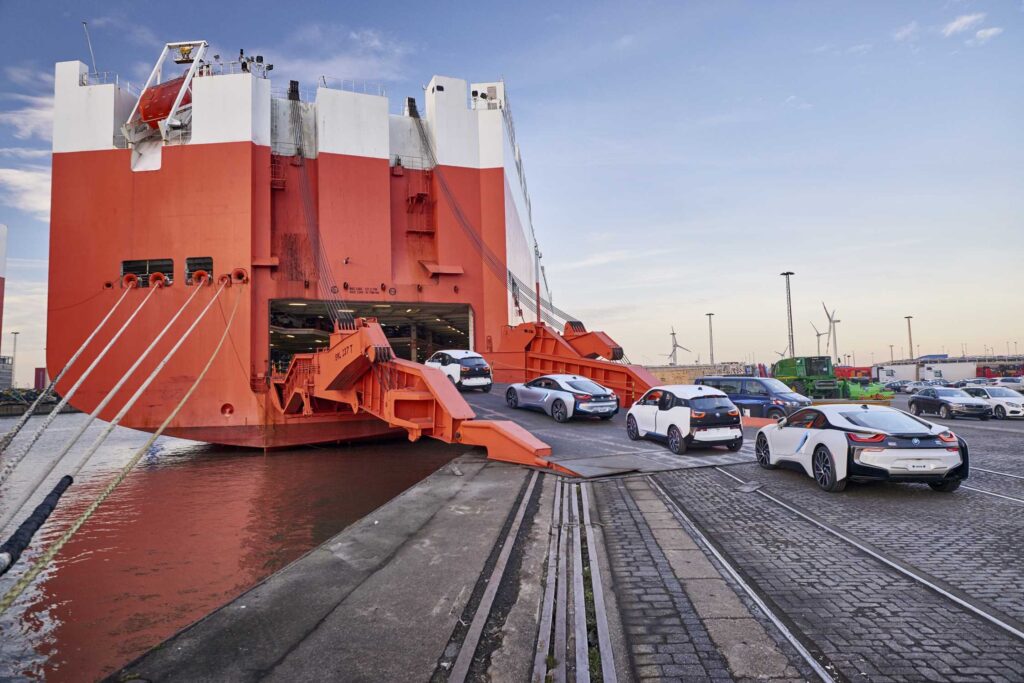How to Sell Your UAE Car While Abroad: Complete Guide
Selling your car in the UAE while you’re living abroad can feel challenging, but it’s completely possible if you plan properly. Many people choose to sell their UAE-registered cars after relocating to another country, either to recover some of their investment, avoid storage costs, or because they don’t plan to return soon. However, handling the process from overseas involves a few extra steps compared to selling locally.
In this guide, we’ll walk through everything you need to know.
Check If Your Car and Ownership Are Ready for Sale
Before starting the selling process, it’s important to make sure your car is legally and financially clear.
- Begin by checking for any outstanding bank loans or car mortgages.
- If the vehicle is under finance, you’ll need a mortgage clearance certificate from your bank to confirm that all payments have been settled.
- Next, clear any unpaid traffic fines or legal restrictions linked to the car. These can delay or block the ownership transfer process.
- Once that’s done, ensure your vehicle registration (Mulkiya) is still valid.
- If the car is older, it may also require a technical inspection to confirm that it’s in good working condition and meets road safety standards.
- Taking care of these steps early helps you or your appointed representative in the UAE complete the sale smoothly without unexpected delays.

Appointing a Representative via Power of Attorney (POA)
If you’re outside the UAE, appointing someone to act on your behalf through a Power of Attorney (POA) is one of the most important steps in selling your car.
A POA gives your trusted representative the legal authority to handle the sale, from signing transfer documents and clearing fines to completing the ownership transfer at the Roads and Transport Authority (RTA). Without it, no one else can legally finalize the transaction for you.
To create a POA,
- You’ll need to prepare a document clearly stating the permissions you’re granting. This should include rights to sell, export, or transfer ownership of the car.
- Make sure it includes details like your full name, passport number, vehicle information, and the name of your authorized person.
- The document must be signed, notarized, and then attested, either at the UAE embassy in your current country or through an approved online notary service.
- Once attested, it can be translated into Arabic (if needed) and used in the UAE for legal purposes.
Taking these steps ensures your representative can carry out all sale-related actions smoothly and within the law.
Preparing the Vehicle & Documentation
Before putting your car up for sale, make sure it’s in good condition and that all paperwork is in order. If the vehicle hasn’t been used for a while, consider getting it inspected at an RTA-approved center to confirm it meets safety and performance standards.
This inspection is often required, especially if the registration is due for renewal or if the car is being exported.
Next, gather all necessary documents to avoid any delays during the sale. These typically include:
- Emirates ID or a passport copy
- The car’s registration card (Mulkiya)
- Valid insurance
- Proof of ownership
If your car was financed, request a bank clearance letter showing that the loan has been fully repaid. Preparing everything in advance ensures a smooth, transparent process whether you’re selling locally or to an overseas buyer.

Export & Deregistration Process
If your car is being sold for export outside the UAE or to another emirate, it must be deregistered first. The process starts by visiting the Roads and Transport Authority (RTA) or using their online portal to apply for an Export Certificate. This certificate confirms that the car has been cleared for export and is no longer registered for local use. After approval, the license plates must be removed and returned to the RTA. You may also need temporary export insurance, which covers the car during transportation until it leaves the UAE.
Once the car is deregistered, it must pass through customs before shipping. Customs officers will inspect the vehicle, verify documents, and confirm there are no pending fines or ownership disputes. After clearance, the car is handed over at the designated port or logistics company for shipment.

Finding a Buyer from Abroad
There are several safe ways to find a buyer while you are overseas.
- You can sell your car to an individual buyer, a professional exporter, or through verified car-selling platforms in the UAE.
- If you’re dealing with a direct buyer, make sure your representative in the UAE handles the communication and confirms payment through a secure method such as a bank transfer.
- Avoid sharing personal banking details or accepting unclear payment terms.
Selling through an exporter or online platform can be more convenient because they often manage inspections, export paperwork, and logistics. Always confirm the buyer’s identity and request proof of payment before transferring ownership or shipping the car.
Shipping or Transportation
Once the sale is confirmed, the next step is arranging transport. Cars can be shipped from the UAE through two main methods: Roll-on/Roll-off (RoRo) or container shipping. RoRo is more affordable and suitable for standard vehicles, while container shipping offers more protection for luxury or high-value cars.
Shipping costs depend on the destination country, port fees, and insurance. You’ll also need to check import rules for the destination, some countries have limits on car age, emissions, or steering position.

Finalizing Sale & Transferring Ownership
The ownership transfer is the last and most important step. Your authorized representative or the buyer must visit the RTA to complete the transfer using the Export Certificate, original registration card, and POA documents. Once the transfer is done, cancel or transfer your insurance to avoid ongoing charges.
After the vehicle leaves the UAE, the buyer must register it in their own country according to local regulations. Keep copies of all documents, the sale agreement, deregistration papers, and payment proof for your records. This ensures full legal closure of the sale and protects you from any future claims.
Costs, Timeline & Common Pitfalls
Selling your car from abroad involves a few costs and time considerations. The total expense depends on whether you’re selling locally or exporting the vehicle. You should expect to pay for document attestation, RTA export certificates, customs fees, and shipping costs if the car is being sent overseas. Insurance and inspection fees may also apply.
On average, the entire process can take one to three weeks, depending on how quickly the paperwork is completed and how soon a buyer is confirmed.
- Common mistakes include
- Missing important documents
- Forgetting to clear fines or bank loans
- Not properly attesting the Power of Attorney.
Some sellers also face delays because they don’t check the import laws of the destination country. Verifying every document and working with trusted representatives can help you avoid these problems and ensure a smooth sale.
Conclusion
Selling your UAE-registered car while you’re abroad is a straightforward process when managed correctly. With proper preparation, you can complete the sale confidently from another country. Always follow RTA and UAE government procedures to stay compliant and protect yourself legally.

